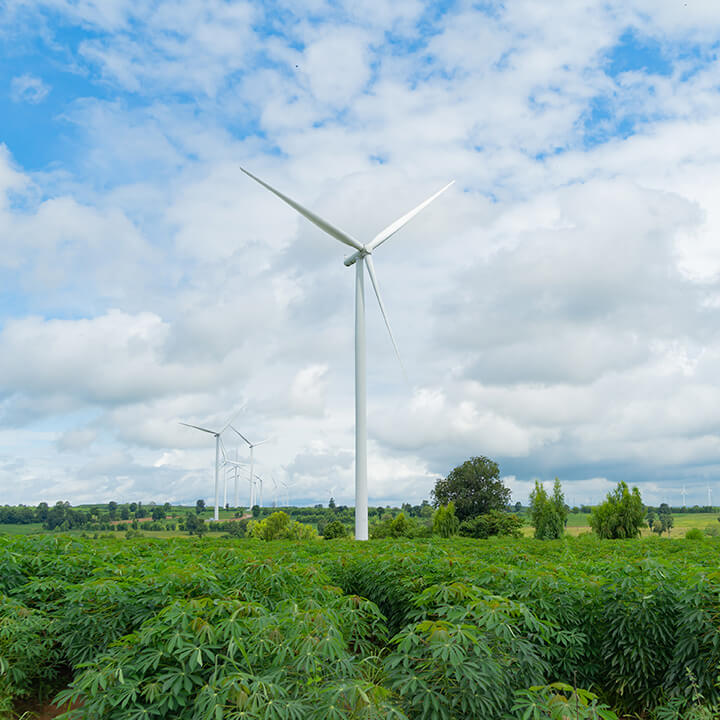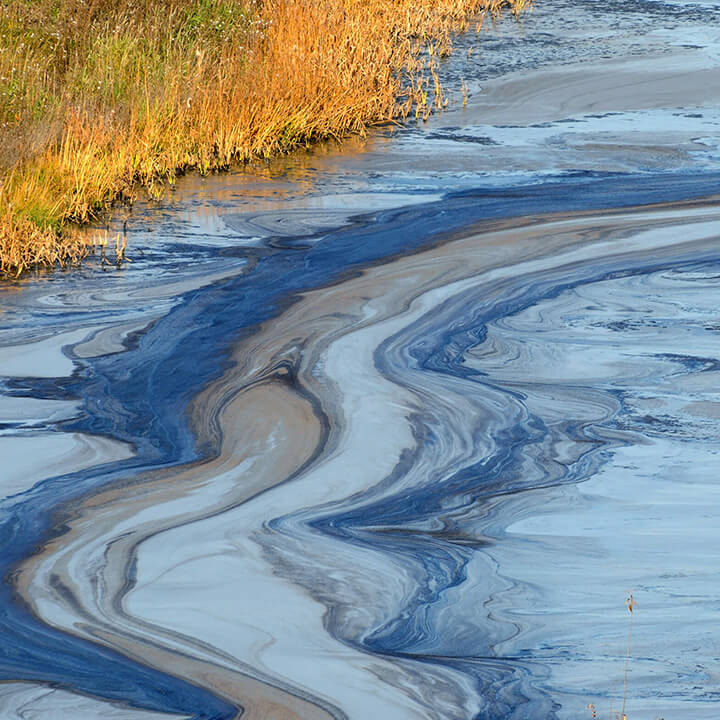[Video 5] Air Management
19th October 2023
The Topline
“The Government considers that poor air quality is “the biggest environmental risk to public health” and its 25 year environmental plan goal is to “achieve clean air”. To deliver on this goal, the Government has set targets to reduce emissions of five key damaging pollutants. With this in mind, local authorities will be challenged to improve air quality and this will increase the importance of robust air management during construction and development projects.”
– Josh Kitson, Director, Planning & Environment


Commercial and residential development projects are crucial for continued economic growth in the UK. Such developments also bring environmental challenges, particularly in managing air emissions. The significance of air management, its potential consequences, and strategies are a key consideration for effective mitigation during construction and development projects.
Key points:
Things to look out for in the video include:
Understanding Air Management
Air management involves controlling dust, odour, gases and fumes from sites. These emissions can harm the environment, human health, and impact upon neighbouring businesses and are often subject to environmental permitting. Compliance with environmental permits is essential if a company is to avoid enforcement action.
Dust Management Planning
Dust is a common emission that’s relatively easy to control with the right mitigation techniques. These include proactive planning of certain activities, employee training, and ensuring proper suppression and ventilation systems are in place.
Significance of Air Management
Poor air management can lead to regulatory involvement. This often results in additional work being required to bring a site back into compliance, together with significant financial implications and reputational damage.
Mitigation and Management
Preparation of a suitable dust management plan and ensuring it is complied with is key. All employees and contractors require proper training on the plan which must be updated throughout a development. If issues do develop during the course of a project, it is vital that mitigation measures are considered and deployed as early as possible.
Dealing with Issues
Identifying the root cause of the problem, seeking technical advice and engaging with regulators when required can all help minimise the risk of enforcement action being pursued and lead to better outcomes for the business.
Air management – how we can support you
If you are undertaking a development project or operate in an industry where emissions are a significant risk area contact our Environmental team for advice and support. Getting the right advice at the outset of a project is the best way to identify potential issues early and ensure that any problems are addressed at the first opportunity.
Visit our Environmental law in practice hub to explore more resources.













